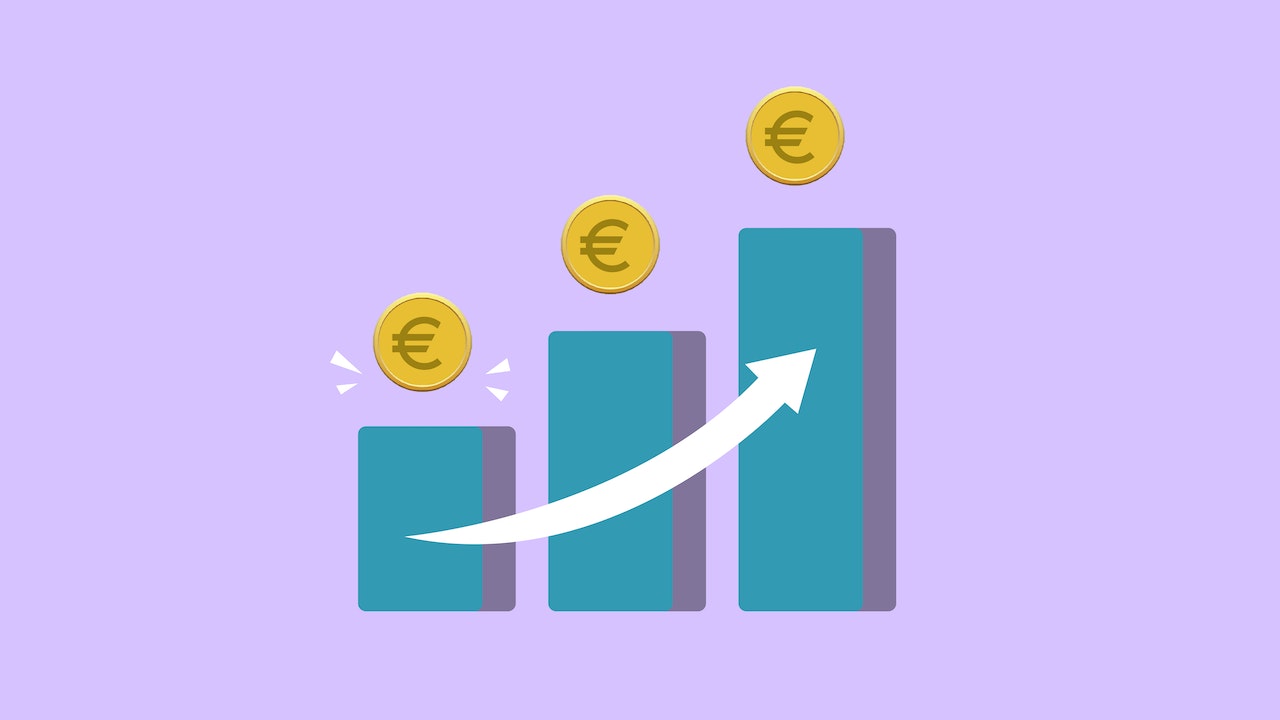As a marketing leader, I have witnessed firsthand the transformative power of technology in the advertising and marketing industry. Among the various innovations, artificial intelligence (AI) has undoubtedly emerged as a game-changing force in the Marketing Technologies (MarTech Stack) landscape.
Over the past few years, AI has advanced at an unprecedented pace, making its way into virtually every aspect of marketing, from customer segmentation and personalization to predictive analytics and chatbots. The rapid global adoption of ChatGPT and other Generative AI tools took the world by surprise and proved the exceptional impact machine learning has on the marketing and advertising industry. This increased interest and reliance on AI-driven tools not only revolutionized the way we approach marketing but also generated a heated discussion on the societal and ethical implications of using AI.
Explore more
Considering these developments, it’s crucial for marketing professionals to have a solid understanding of the impact of AI on the MarTech stack and how to harness its potential responsibly. This blog series will be exploring the various ways AI is reshaping marketing technology, and how businesses can best integrate AI into their MarTech stack to drive growth and success. In the following blog posts, we will delve into specific AI applications in MarTech, discussing their benefits, challenges, and considerations.
What is the MarTech Stack
A MarTech stack refers to the collection of marketing technologies and tools that businesses use to streamline, automate, and optimize their marketing efforts. As the industry evolves, we see more and more companies building and refining their stacks to achieve better results and stay ahead of the competition. A well-designed MarTech stack often includes various components such as CRM systems, email marketing platforms, social media management tools, and analytics solutions.
Marketing Technologies are with us for decades but the maturing and increased availability of Artificial Intelligence models have led to a plethora of AI-driven tools that enhance the capabilities of traditional marketing stacks. As AI continues to advance, it becomes increasingly important for marketing professionals to keep up with the latest developments and understand how AI can be leveraged to optimize their marketing strategies.
A quick note on Business-to-Business versus Business-to-Consumers differences. While B2B and B2C MarTech stacks share many similarities, they differ in their target audiences and specific objectives. B2B stacks focus on nurturing leads and closing deals, while B2C stacks aim to attract and retain customers. Regardless of the primary focus, AI-powered tools are becoming increasingly relevant across both types of MarTech stacks, offering new opportunities for marketers to improve their campaigns. Due to my background and experience in B2B environments, I will mostly focus on this category of tools.
Integrating AI into your MarTech stack

AI has a significant impact on various aspects of marketing, including customer segmentation, personalization, predictive analytics, and chatbots. By incorporating AI into your MarTech stack, you can deliver more targeted, personalized, and data-driven marketing campaigns that resonate with your audience.
There are numerous AI-powered tools that can be integrated into your technology stack, each catering to different aspects of your go-to-market strategy. For example, recommendation engines can help tailor content and offers based on individual user preferences, while sentiment analysis tools can gauge customer sentiment across social media platforms to inform your messaging. Additionally, AI-driven content creation platforms can help you generate engaging and relevant content at scale, enabling you to maintain a consistent brand presence across various channels.
When integrating AI into your MarTech stack, it’s essential to strike a balance between adopting AI-driven solutions and maintaining human oversight and collaboration. While AI can provide valuable insights and enhance your marketing efforts, human intuition, and creativity remain crucial to the success of your campaigns.
How to build and audit your AI-driven MarTech stack
To build an AI-driven MarTech stack, start by assessing your current marketing needs and objectives. Identify areas where AI can provide a significant advantage, such as customer segmentation, content creation, or social media management. Once you have a clear understanding of your needs, explore relevant tools that can help you achieve your goals.
As you incorporate AI-driven solutions into your MarTech stack, consider how they will integrate with your existing tools and platforms. Seamless integration is critical to maximizing the value of your AI investments and ensuring a cohesive marketing strategy. You may need to invest in additional tools or platforms to facilitate integration and data sharing between your AI-powered tools and other components of your MarTech stack.
Regularly auditing your MarTech stack is crucial to ensuring its effectiveness and staying up-to-date with the latest AI-driven tools. By performing regular audits, you can identify any gaps or redundancies in your stack and make informed decisions about which AI-powered solutions to adopt or retire. This process also allows you to reassess your marketing needs and objectives, ensuring your MarTech stack remains aligned with your overall strategy.
Challenges and Considerations
As with any technology, there are challenges to integrating AI into your MarTech stack. Data quality and integration can be significant hurdles, as AI relies on accurate, up-to-date data to deliver meaningful insights and recommendations. To overcome these challenges, invest in data management tools and processes that ensure the cleanliness and consistency of your data. This may involve implementing data governance policies, consolidating data sources, or adopting data integration platforms that facilitate seamless data exchange between your marketing tools.
Other issues, such as copyrights, privacy, and transparency, should also be at the forefront of your mind when incorporating AI-driven tools into your MarTech stack. Ensuring responsible use of AI and protecting customer data are essential to building trust and maintaining a positive brand reputation. Develop and adhere to internal guidelines for AI usage and data handling that prioritize ethical practices and comply with relevant data protection regulations, such as the GDPR and CCPA.
AI-powered tools are evolving fast and staying informed about the latest developments and best practices is crucial for leveraging AI responsibly and effectively. Participate in industry conferences, webinars, and online forums to learn from experts and peers in the field. Additionally, consider collaborating with other departments in your organization, such as IT or data science teams, to ensure you have a comprehensive understanding of AI capabilities and limitations.
Incorporating AI into your MarTech stack has the potential to revolutionize your marketing efforts, driving better results and creating more meaningful connections with your audience. By staying informed about AI’s impact on MarTech and embracing it responsibly, you can elevate your marketing strategy and stay ahead of the curve in an ever-changing industry. This blog series will help you get a deeper understanding of specific AI applications in MarTech, exploring their benefits, challenges, and best practices for successful implementation.




